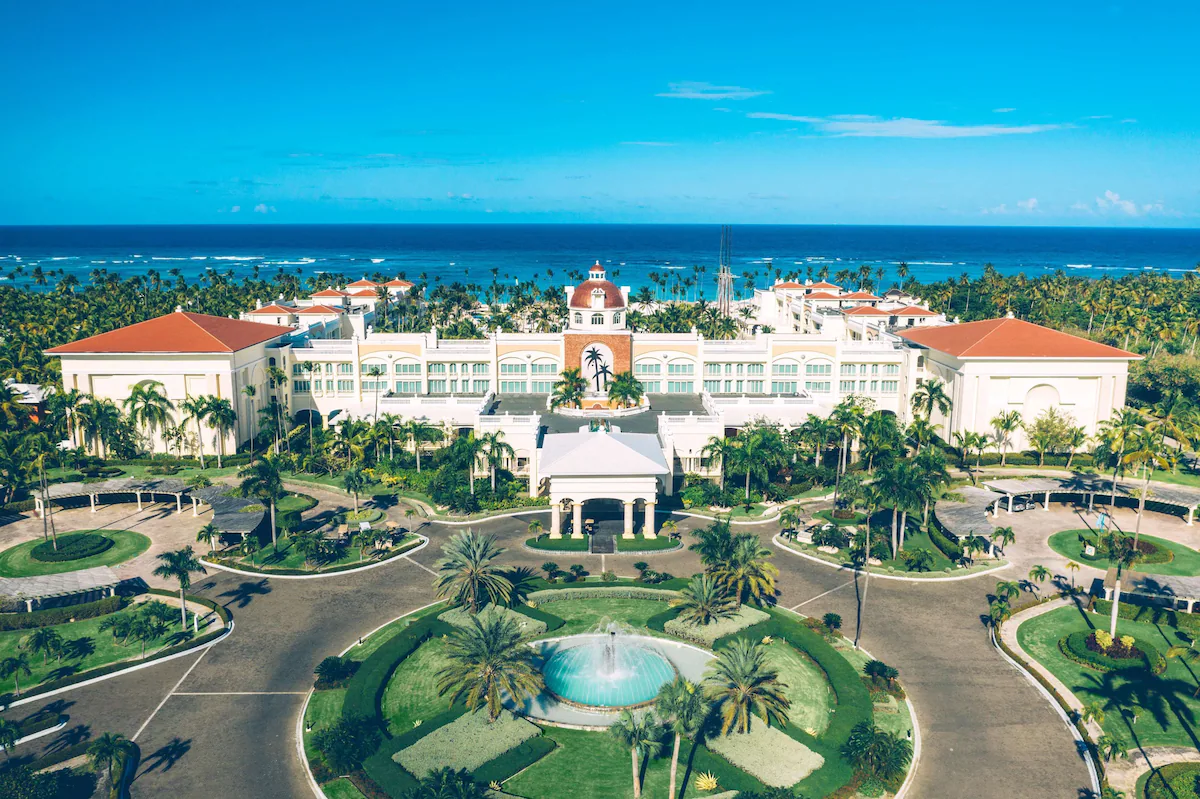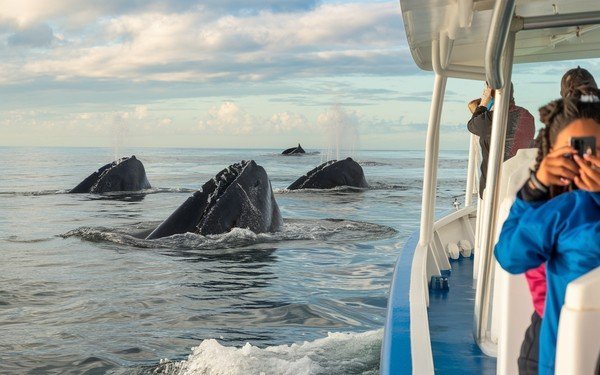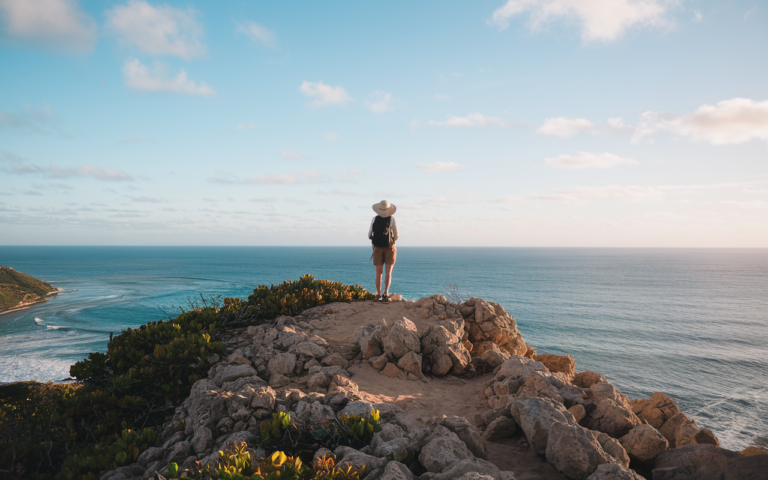Punta Cana History: The Fascinating Journey from Fishing Village to Caribbean Paradise
This article may contain affiliate links to trusted partners, which help run this site at no extra cost to you.
The Punta Cana history is a remarkable tale of transformation. Once a secluded jungle known as Punta Borrachón, this stunning Caribbean destination has evolved into a world-class tourist hotspot. From its early days as a fishing village to becoming home to luxurious resorts, Punta Cana’s journey is filled with vision, investment, and growth. But how did this paradise on the eastern coast of the Dominican Republic come to be? Let’s explore the fascinating history of Punta Cana and how it became the vibrant destination it is today.

Key Takeaways
- Punta Cana evolved from untouched jungle to a global vacation hotspot in just a few decades.
- American investors kick-started the region’s transformation in 1969.
- The first hotel, a 10-villa resort, opened in 1971, marking the start of tourism growth.
- Club Med Punta Cana and the expansion of Punta Cana International Airport accelerated tourism.
- Environmental conservation efforts are now in place to balance tourism with sustainability.
Early History of Punta Cana

Taino Influence and Christopher Columbus
Before modern development, the land now known as Punta Cana was home to the Taino people. They lived in small villages, relying on fishing, farming, and hunting. Their culture and traditions shaped the early identity of the region.
In 1492, Christopher Columbus arrived in the Americas, bringing European influence to Hispaniola, the island that includes Punta Cana. This marked a turning point for the indigenous people, as European diseases and conflicts led to a dramatic decline in the Taino population.
Transition to a Spanish Colony
Following Columbus’s arrival, Spain claimed Hispaniola as a colony and established Santo Domingo, the first European settlement in the New World. While much of the island was developed, Punta Cana remained remote and largely untouched for centuries. Spanish settlers focused on agriculture and trade in other parts of the island, leaving the eastern coast undeveloped until modern times.
Development of Punta Cana as a Tourist Destination

The Vision of American Investors
Punta Cana’s transformation began in 1969, when a group of American investors saw potential in its pristine beaches and tropical climate. At the time, the region, then called Punta Borrachón (“Drunkard’s Point”), was a dense jungle with no infrastructure. The investors acquired 30 square miles of land and renamed the area Punta Cana, inspired by the native cana palms.
The Establishment of Club Med Punta Cana
In the early 1970s, Club Med opened the first major resort in the area. This marked the beginning of Punta Cana’s growth as a global tourist destination. Club Med’s success attracted more investors, leading to the rapid expansion of hotels and resorts along the coast.
Expansion of Punta Cana International Airport
Tourism growth created the need for better access to the region. The Punta Cana International Airport, which started as a small landing strip, expanded to accommodate increasing numbers of visitors.
With new terminals and longer runways, the airport now welcomes millions of travelers each year. This played a crucial role in establishing Punta Cana as one of the Caribbean’s most visited destinations.
Rise of Golf Courses and Luxury Resorts
As Punta Cana’s popularity grew, developers added golf courses, upscale resorts, and entertainment venues. The Punta Espada Golf Club became a world-class golf destination, attracting enthusiasts from around the globe.
Luxury resorts such as Punta Cana Resort & Club introduced high-end accommodations, fine dining, and exclusive beachfront experiences, making the area a magnet for affluent travelers.
Modern-Day Punta Cana

Population Growth and Urban Development
What was once a secluded jungle is now a bustling town with a population of over 100,000 residents. The rise of tourism led to urban development, with modern amenities like shopping centers, hospitals, and schools now serving both locals and visitors.
Housing developments range from luxury beachfront villas to worker-friendly residential areas, ensuring that Punta Cana remains a thriving community alongside its tourism sector.
Economic Growth and Foreign Investment
Tourism is the backbone of Punta Cana’s economy. The region attracts millions of visitors each year, driving job creation and business opportunities.
Foreign investment has played a major role in its development. International hotel chains and travel companies continue to expand their presence, building state-of-the-art resorts and entertainment complexes. This has led to improved infrastructure, including highways and public services, benefiting both locals and tourists.
Environmental Concerns and Conservation Efforts
With rapid growth comes environmental challenges. The coral reefs, marine life, and coastal ecosystems face threats from pollution and overdevelopment.
To combat these issues, several eco-friendly initiatives have been introduced:
- Many resorts now use solar energy, water conservation systems, and sustainable materials.
- Local organizations conduct beach cleanups and coral restoration projects.
- Environmental laws aim to limit the impact of tourism on marine biodiversity.
Finding a balance between economic growth and environmental preservation remains crucial for Punta Cana’s sustainable future.
Final Thoughts
Punta Cana history is a story of vision, growth, and transformation. From its untouched jungle days to its rise as a world-class vacation destination, it has become a symbol of successful tourism development.
Today, visitors enjoy luxury resorts, breathtaking beaches, and a rich cultural heritage. As the region continues to evolve, efforts to balance tourism with environmental conservation will shape its future.
Have you visited Punta Cana? What part of its history fascinates you the most? Share your thoughts in the comments!







